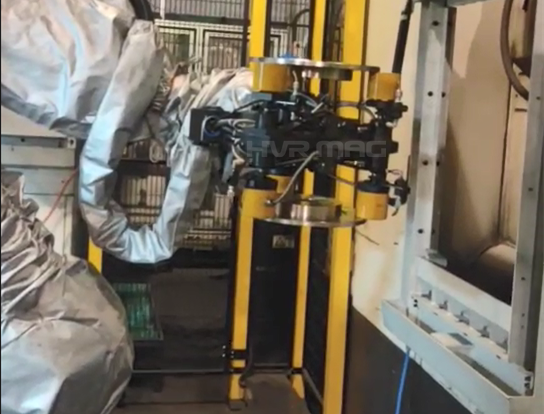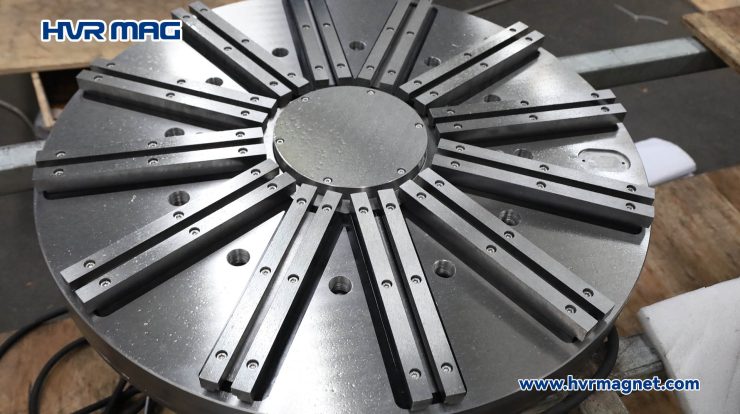Hydraulic Hammer Winter Warmup and Storage
Keywords: hydraulic hammers for excavators, hydraulic hammer for mini excavator
Our Gorilla Service Team™ tends to get a lot of leaking hydraulic hammers of all makes and models on the coldest of days. The seals in all hydraulic hammers are made out of rubber/ plastic/polymers. When the breaker is cold, these seals become rigid and inflexible. Hydraulic fluid is also not as effective when cold. It loses viscosity, which reduces its ability to provide an effective film to protect internal components.
If you run a hydraulic breaker dead cold, you are more prone to the seals cracking and causing a leak. The lack of film between the hard internal components can cause premature wear of the cylinder, piston, valve, and other components.
Warm-up Procedure for Hydraulic Breakers
BEFORE you fire the hydraulic hammer
Idle your machine as you usually would to warm up the engine.
Exercise the functions on the machine to heat up the hydraulic oil
Lift and lower the boom, move the stick in and out, curl and uncurl the bucket, swivel machine, etc. without engaging the ground
Once hydraulics are warmed up:
Make sure the stick shutoff valves to the hammer are OPEN
Run the hydraulic hammer at half RPMs/half throttle for the first 30 minutes to allow the hammer hydraulics/auxiliary hydraulic circuit to warm up
After the warm-up period, operate your hydraulic breaker as you usually would, not cycling the hammer continuously for more than 20 seconds at a time, and lubricating it every two hours with chisel paste.
Hydraulic Hammer Storage
There is a high frequency of all makes of hydraulic breaker repairs that come in during the Spring. Of course, some are attributed to a return to regular use in temperate areas. However, upon disassembly, we often find that the cause of the leak is water damage to the piston and/or cylinder of the hydraulic hammer. Hammer seals are primarily designed to keep oil in, not to prevent water intrusion. Steps can be taken to avoid such needless damage and expensive repairs.
General rule:
Never store a hydraulic breaker outside in a horizontal position
On the carrier: Keep it vertical
Off the carrier:
Make sure hoses or flanges are properly capped or plugged. No red rags!
If you have a solid, safe stand, place the hammer in it when not being used
The best stands allow the piston/tool to “drop” or “rest”, which relieves pressure
on the hydraulic hammer’s nitrogen chamber
If you don’t have a stand, at least SAFELY chain it and lean it against something solid to keep as steep a vertical angle as possible.
If you MUST store it horizontal outdoors, at least SAFELY place a solid block under the head bracket to achieve a downward angle, and place a tarp over it
Contact Gorilla Hammers
As always, if you have any questions at all about these or any other hydraulic breaker topics, please call one of our Hammer Advisors™ at 1 (888) 814 – 6745.




